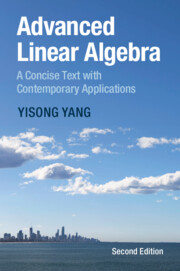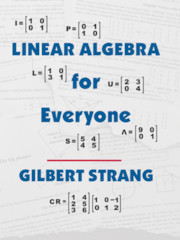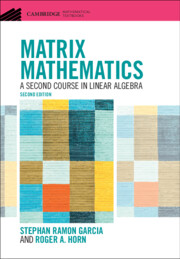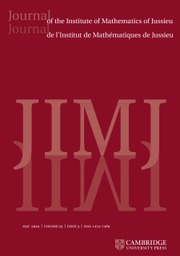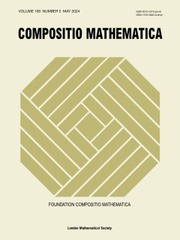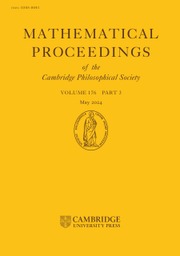A Guide to Advanced Linear Algebra
Linear algebra occupies a central place in modern mathematics. This book provides a rigorous and thorough development of linear algebra at an advanced level. It approaches linear algebra from an algebraic point of view, but its selection of topics is governed not only for their importance in linear algebra itself, but also for their applications throughout mathematics. Topics treated in this book include: vector spaces and linear transformations; dimension counting and applications; representation of linear transformations by matrices; duality; determinants and their uses; rational and especially Jordan canonical form; bilinear forms; inner product spaces; normal linear transformations and the spectral theorem; and an introduction to matrix groups as Lie groups. Students in algebra, analysis and topology will all find much of interest and use to them and the careful treatment and breadth of subject matter will make this book a valuable reference for mathematicians throughout their professional lives.
- The core of linear algebra is treated, as well as some additional material chosen for its application to other fields
- Complete proofs of results in this book are provided
- Both finite and infinite dimensional vector spaces are treated, with a focus on finite cases
Product details
July 2011Hardback
9780883853511
264 pages
235 × 157 × 20 mm
0.49kg
This item is not supplied by Cambridge University Press in your region. Please contact Mathematical Association of America for availability.
Table of Contents
- Preface
- 1. Vector spaces and linear transformations
- 2. Coordinates
- 3. Determinants
- 4. The structure of a linear transformation I
- 5. The structure of a linear transformation II
- 6. Bilinear, sesquilinear, and quadratic forms
- 7. Real and complex inner product spaces
- 8. Matrix groups as Lie groups
- A. Polynomials: A.1 Basic properties
- A.2 Unique factorization
- A.3 Polynomials as expressions and polynomials as functions
- B. Modules over principal ideal domains: B.1 Definitions and structure theorems
- B.2 Derivation of canonical forms
- Bibliography
- Index.


